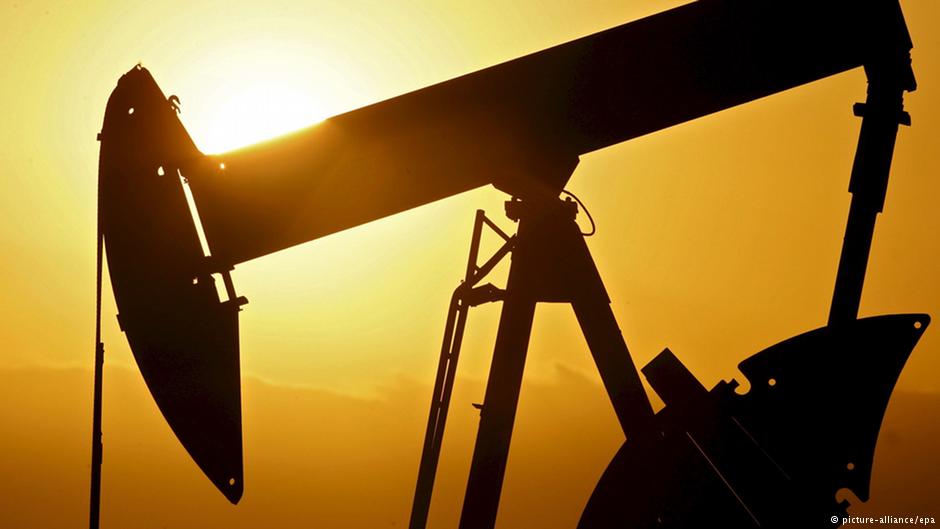IEA released its “Medium-Term Oil Outlook Report” in Paris, France, and Houston, Texas on Monday, looking ahead at the next five years of oil demand, production and prices. It projected that oil prices would remain low until at least sometime in 2017, given that large stocks of oil will be feeding into an already saturated market.
“Today’s oil market conditions do not suggest that prices can recover sharply in the immediate future — unless, of course, there is a major geopolitical event,” IEA said. “Only in 2017 will we finally see oil supply and demand aligned, but the enormous stocks being accumulated will act as a dampener on the pace of recovery in oil prices when the market, having balanced, then starts to draw down those stocks.”
In other words, while oil prices should gradually start rising once demand catches up to current production capacity, the availability of resources that can be easily and quickly tapped — like the oil stored in massive strategic reserve bunkers in the US — will slow the price rise.
A few years further on, however, prices may begin to rise much more rapidly, because the current period of very low prices is discouraging investment in the development of new oil supplies. As a result, once demand begins to outstrip supply after a few years, a scramble for available reserves may result, driving a spike in prices.
Only Saudi Arabia and Iran had spare production capacity available now; other countries weren’t investing enough even to keep current production levels going medium-term, let alone meet demand growth, the report said.
“The risk of a sharp oil price rise towards the later part of our forecast – around 2021 – arising from insufficient investment is as potentially destabilising as the sharp oil price fall has proved to be,” IEA warned.
Oil supply continues to grow, but less quickly
The report projects that four million barrels a day (mbd) will be added to global oil supply between 2015 and 2021, an increment less than half as large as the total output growth of 11 mbd over the period 2009-2015, a result of upstream investment drying up in response to the supply glut that has driven down prices over the past two years.
Global oil exploration and production capital expenditures (“capex”) are expected to fall 17 percent in 2016 compared to 2015, following a drop of 24 percent in 2015 compared to 2014. It would be the first time since 1986 that upstream investment has fallen for two consecutive years.
US production is expected to reach an all-time high of 14.2 mbd by the end of the forecast period, though it will fall slightly in the short term.
On the demand side, IEA expects demand growth averaging 1.2 mbd through 2021, reaching 101.6 mbd by that year. India’s consumption is expected to rise rapidly as more motor-cars hit the roads with rising prosperity on the subcontinent. Growth in Chinese demand, conversely, is expected to cool somewhat. On the whole, Asia’s share of total global oil demand will continue to increase.




